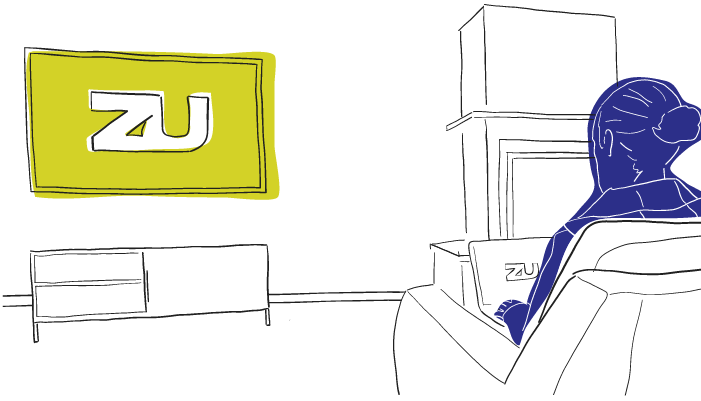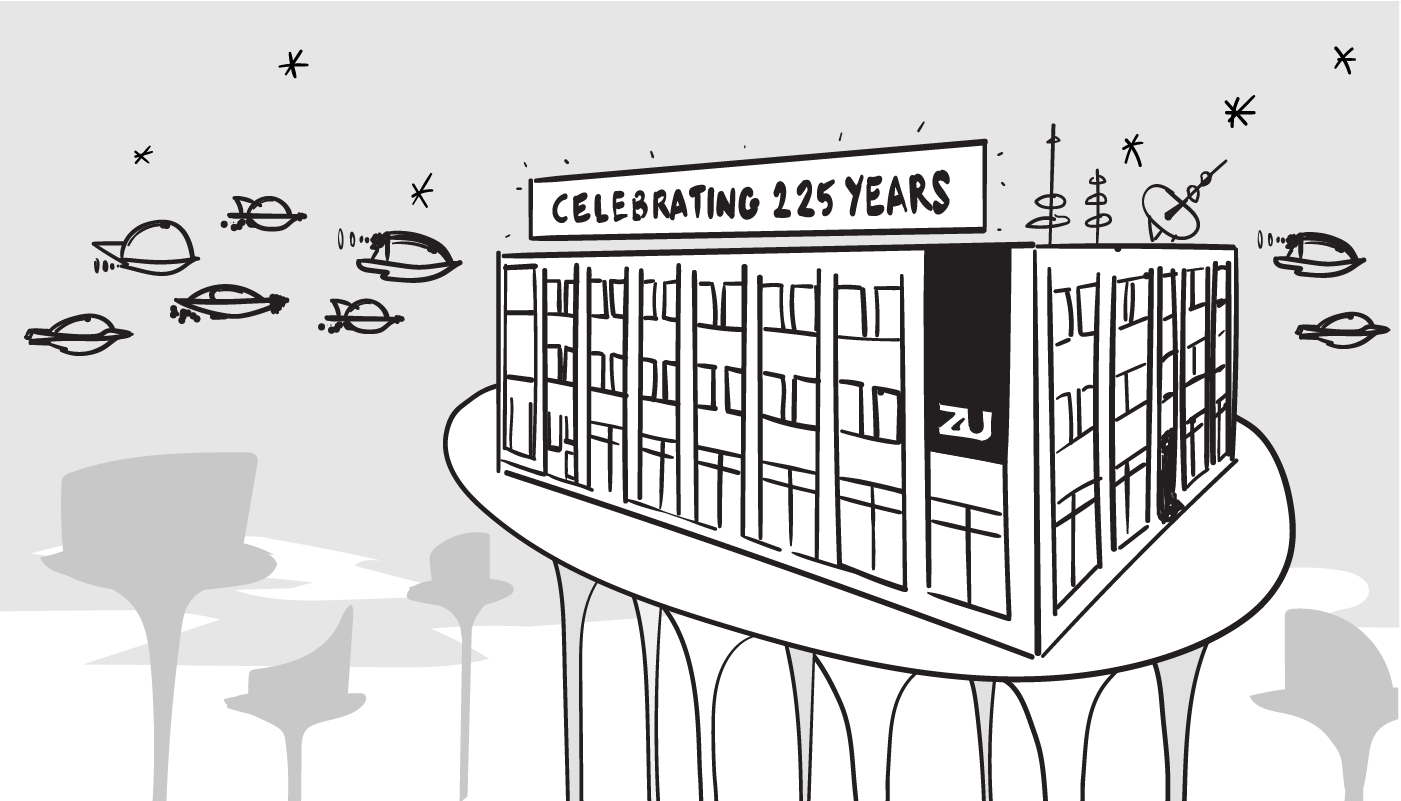

10 lessons learned from the past 20 years
10 lessons learned from the past 20 years

Tony
Zuck
Chief Financial Officer,
Founding Partner
Chief Financial Officer,
Founding Partner
Over the last two decades, we’ve grown, shrunk, failed, and won on many occasions. Maturing as a business was especially hard. In the early days, because of our industry and geographic location, there were very few examples to model ourselves upon. But here we are. We’ve made it through some interesting times, and can now look back at some of the bigger lessons learned:
1) Choose a rising market over a mature one
We started our career in business with what we knew: Printing. This was the boom of desktop publishing with Apple-based page layout programs, and the beginning of Photoshop, Illustrator and QuarkXpress. On the downside, big box office stores were cutting in on the trade and a million home-based designers were also putting downward pressure on pricing. In 1994 we looked beyond ProPrint Inc. and jumped on the New Media/Internet bandwagon, leveraging our publishing skills and background in visual design and design software accumulated at the printshop. Learning to sell, estimate and manage digital projects was something we had to figure out on our own during the industry boom, but this was a good move in retrospect, as the printing trade continued its steady decline and the Internet age exploded.
Lesson: Choose a growing industry over a shrinking one.
2) Track your time
Tracking your own time, and the time of your team, is a necessity for accurate billing, but also provides a wealth of information about how your most important resource (labour) is used. Any business would benefit from the information time tracking provides. For us, it showed how much time was going into (at the time) uncollected project management. Fixing this oversight opened up a whole new stream of profit.
Lesson: Time tracking may not be well liked by the team, but is worth it to understand where time is allocated, and where it is leaking.
3) HR at 30
We went too long without a dedicated Human Resource person, finally bringing one aboard a few years ago. At 30 employees, you should probably start considering it. HR is a big value add for the employees and a great time saver in hiring, onboarding, offboarding, evaluations, and staying up to date on labour law. Also, HR really helps with our benefits and insurance plan evaluations - most business owners know how time consuming this can be.
Lesson: When you reach 30 employees, hire an HR person.
4) Know when to do it yourself, and when to rent it
Programmers love to build new things, usually more than configuring existing things. As a result, over the years we’ve had multiple versions of a proprietary zu CMS running in the wild. At the time, it was an award winning application, and this was long before third party CMSs were actually available or worth using. We also programmed our own video players, mailing lists, online store systems, slide presentation apps, and on and on. Eventually, third party software reached a suitable maturity and the decision to stop producing these systems in-house was made. The result was faster development, more robust plugins and a dramatic increase in product sustainability - all benefits for our customers.
Lesson: Better client value and continued evolution is obtained by using strong third party systems as opposed to proprietary ones.
5) Assume ownership
A tip for business owners here: owning your operation’s property can be useful in business diversification, a future source of debt financing, and a source of capital gains if you move during a rising market. If you go overboard on renovations or commit to more space then you need, however, you will cement in high fixed costs. We’ve stick-handled through all these situations and are happy where we are now, owning the right amount of space, and able to make it uniquely zu’s. Besides the economic rewards and risks, there is also a brand strength element in owning your workplace, which is apparent to clients and team members; a feeling of “this is all ours” and “we’re here for the long haul” that start-ups and other office tower dwellers cannot take advantage of.
Lesson: Property may be an important leg in your overall business success.
6) Wear your brand
We are big into regularly giving out practical, tastefully branded, higher-end clothing to our team each year. This stuff gets worn and worn out. (Over twenty years, it would be fun to see the complete and somewhat MEC-oriented clothing catalogue we have distributed).
The zu brand is also used extensively and creatively in internal advertising for staff events and parties, as well as in outward facing materials, of course. For us, the brand is definitely more than a company name and that’s how we like it.
Lesson: Brand is another muscle you should work to make strong and to look good with.
7) Excessive discussion = time to leave
If you find that you are spending a lot of time talking about an employee, it’s time to let them go. Use the excessive talk-time factor as the signal to take action. Enough said. Resist the urge to create new rules for the whole company just to deal with one problem case. This person is improperly occupying the position of the ideal person (not currently with your company) who should have the job.
Lesson: People can rarely be reformed - they will be happier somewhere else. Create the opening to find the right person.
8) Twin engines for peace of mind
Small companies may find that key roles are occupied by a single individual: one designer, one programmer, one accounts person. This turns out to be rather risky to the company, as this individual can become a mini power centre achieving a destabilizing level of importance. Great disruptions to your company may occur if they are enticed away. Realizing their own importance can lead them to undermine management’s ability to run the company. You may find that you and your clients are held hostage by a single person’s schedule, opinions, control of information, and mood swings. In the happy case that they are total team players, it is still risky. The responsibility of being essential is a heavy burden on the individual and is liable to cause health and performance issues.
Lesson: Try to have at least two people in important roles, or contrive a way for positions to overlap, so that you can reduce the risk of someone leaving, becoming a disruptive force, or burning out.
9) Continual improvement
If you do anything twice, it should be done better and/or faster the second time. Every time you operate in this manner, you are building the basic competitive advantage that comes from repetition. So choosing what to do and then sticking with it will give you the opportunity to continuously improve. Collecting these improvements and managing the knowledge base so the improvements can be carried forward in the face of a predictably changing team is a great and worthy challenge that follows the ability to improve.
Lesson: Keep doing things better and find ways to make that information available tomorrow.
10) All business is the same business
IMHO, businesses of all industries share 90% of the same challenges and involve the same management skills. Whether it’s keeping client expectations in line with what you’re delivering, communicating your unique offering, getting the most out of your team, accounting, collecting, financing, contracting, arranging insurance - none of these are unique to one industry. So as managers, take an interest in any variety of business and see if there are insights for your organization there.
Lesson: Despite the fact that your niche industry did not exist 5 years ago, you have a lot to learn about running a business from any other well-oiled business out there. Always be learning and be coachable. Being the boss doesn’t make you the smartest.



